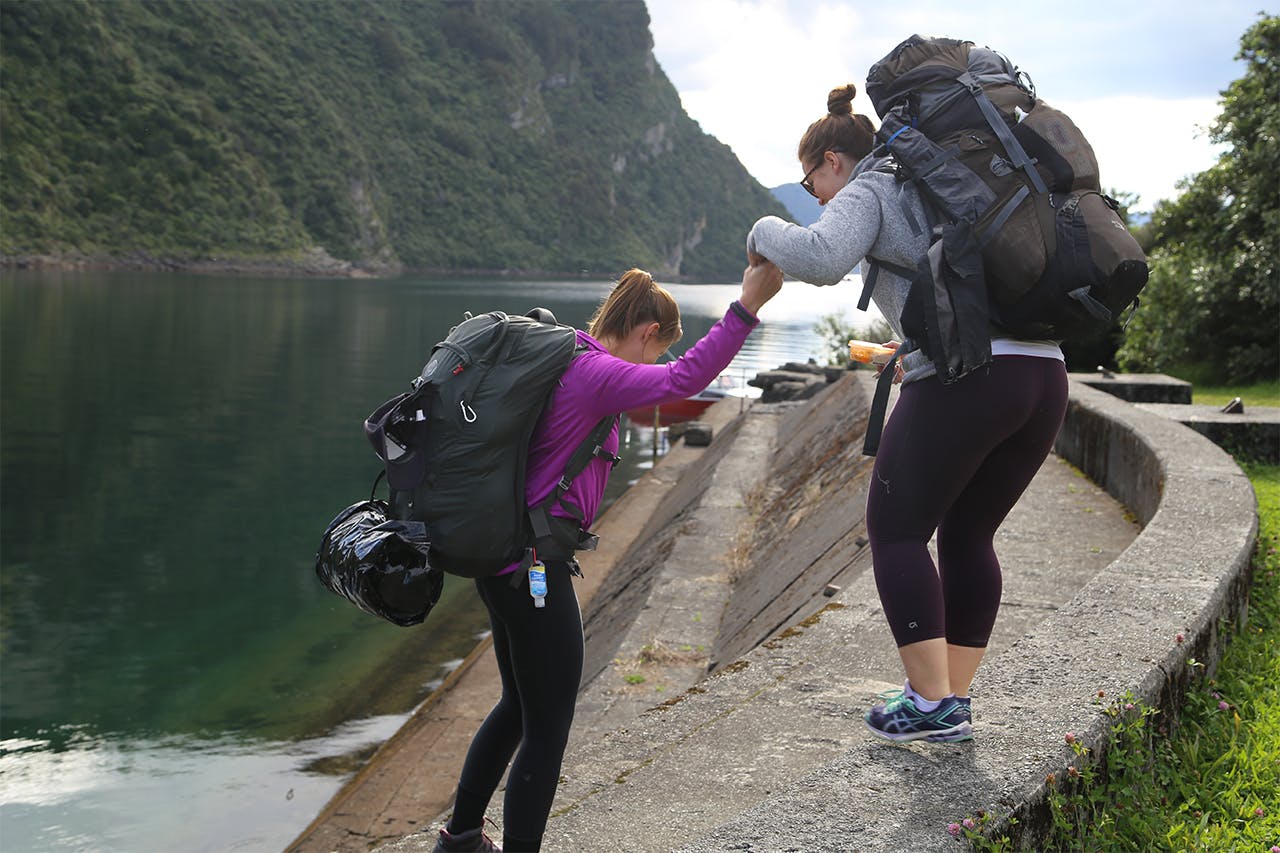We’ve all been there: you’ve packed the night before your trip and when you lift your pack to check its weight, a heavy feeling of dread rests on your shoulders before the pack gets anywhere near your back. It’s then a process of repacking, making tough decisions about whether to deny yourself dessert or your book.
Pack weight is a constant factor for trampers; get it right and you’re skipping uphill on your way to the next hut, get it wrong and you’re calling your physio as soon as you get back into cell phone signal, wondering why you took up such a torturous activity.
Luckily, there are ways to ensure you get it right every time. Okay, you might not be skipping uphill, but you can keep yourself safe – and still enjoy your trips – with some of these tips from professor of ergonomics from Auckland University of Technology, Mark Boocock.
1. Find the right pack. One of the important factors is getting a pack that fits you well. When buying a new pack, test its weight distribution features (the harness and hipbelt) to make sure it fits like a glove. Make sure it’s also the right size based on your height, Boocock says.
2. Consider the terrain. The more intense the terrain, the more you should be thinking about how much weight you want to carry. Steep ascents with a heavy pack will leave you tuckered out in a flash, whereas a riverside stroll under a 20kg pack might not ruin your day.
3. Choose the right footwear. With a heavy pack, your ability to stay upright and balanced could be compromised with improper footwear. Boocock says it’s a good idea to consider boots with ankle support to help improve stability under a heavy pack.
4. Distribute the load appropriately. To minimise back pain, aim to have the heaviest items at the base of your pack. “From a biomechanic perspective, you look at where the load is relative to the base of the spine, which is what we call the turning moment in the lower back,” Boocock said. “If there’s a turning moment created on the spine, then the body has to respond by creating a counter-moment. By creating a counter-moment then the muscles have to work harder.”
5. Know your limit. Boocock explained a term known as psychophysics, which is the relationship between subjective perceptions and physical stimuli or pain. To put it in simple terms, if your pack feels dauntingly heavy and you know you won’t be able to take more than a few steps before you feel back pain, then you need to repack. “Keeping something down to a comfortable level is the best way to stay safe, rather than looking at a specific weight limit,” says Boocock.







